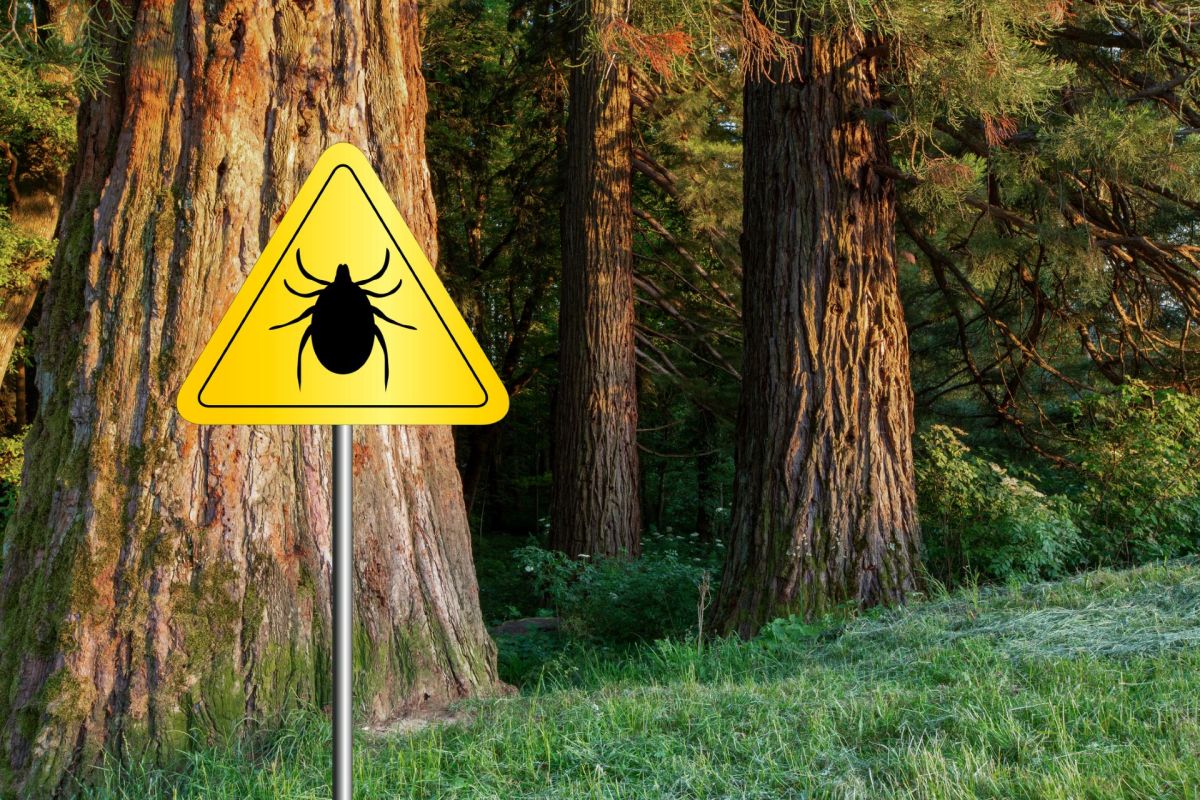The tick that causes the red-meat allergy has moved into much of the country.
According to BBC News, symptoms of one of the dangerous diseases it can cause vary from itchiness to shortness of breath and anaphylaxis.
A Reddit post from late July showed the distribution of the Lone Star tick, or Amblyomma americanum, in the United States: all of the South, Southeast, and Eastern Seaboard; most of Texas; and plenty of the Midwest, stretching into the Great Plains of Nebraska, Kansas, and Oklahoma.

"I probably pull 15-20 off me a week on average, but I basically get paid to play in the woods," one commenter wrote. "You can soak your clothes in permethrin and bathe in DEET, and it doesn't make a difference."
"Each year is also worse than the last, it hasn't been cold enough long enough to kill them off during the winter," they concluded.
The Lone Star tick generally lives in wooded areas with thick underbrush and along meadows and streams where there are white-tailed deer, according to the Northeast Regional Center for Excellence in Vector-borne Diseases.
The Centers for Disease Control and Prevention announced in July that there was a steep rise in cases of alpha-gal syndrome, or the red-meat allergy, so it stands to reason that the arachnid at the root of the problem has expanded its reach. The map shows the tick's estimated distribution, including the 2022 mapping.
Alpha-gal is difficult to detect because symptoms usually take hours to present after exposure to red meat and animal products. People with alpha-gal may have to avoid pork, beef, rabbit, lamb, venison, gelatin, cow's milk, milk products, and certain pharmaceuticals, per the CDC.
Reactions include hives or itchy rash; nausea or vomiting; heartburn or indigestion; diarrhea; cough, shortness of breath, or difficulty breathing; a drop in blood pressure; swelling of the lips, throat, tongue, or eyelids; dizziness or faintness; and severe stomach pain, the CDC noted.
The Lone Star tick also transmits the Heartland virus and Bourbon virus, ehrlichiosis, STARI, and tularemia, according to the CDC.
The National Institute of Environmental Health Sciences reported in 2020 that "changes to global temperatures and precipitation" likely will affect the number and range of ticks and their associated diseases, and a 2019 article in the New England Journal of Medicine reported cases of tick-borne diseases doubled in the U.S. from 2004 to 2016.
People can help prevent tick bites by using permethrin spray and wearing long pants and long-sleeved shirts in grassy, brushy, or wooded areas.
The most important step is to check your body, clothing, and pets for ticks after being outdoors. Showering within two hours can also help reduce your risk.
"My mom is an allergist in upstate New York and she was surprised when they first made their way up there a few years ago," one user commented on the Reddit post.
A couple of others said they had spotted the creatures in Minnesota and Michigan as well.
"Last map said PA was safe — noooo," another wrote.
Join our free newsletter for cool news and cool tips that make it easy to help yourself while helping the planet.









